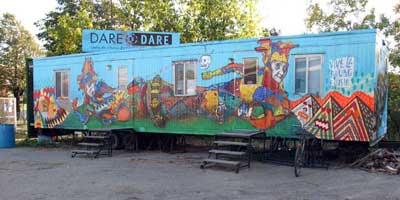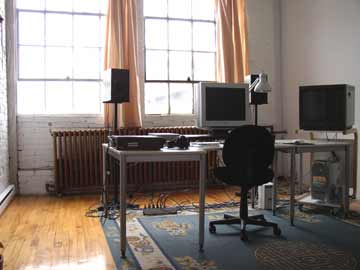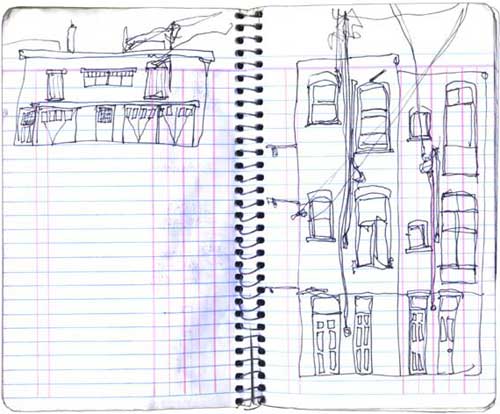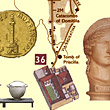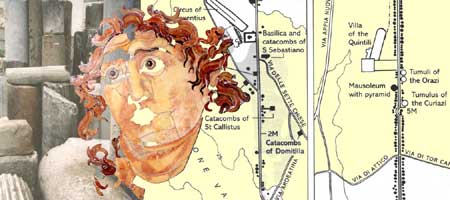I’ve officially started posting to Tributaries & Text-Fed Streams: A Feed-Reading of The Capilano Review. What the heck is a Feed-Reading? What on earth is a Text-Fed Stream? I’m so glad you asked!
Tributaries & Text-Fed Streams: A Feed-Reading of The Capilano Review is a personal, experimental and playful re-reading of and response to thirteen essays published in a recent issue of The Capilano Review that was dedicated to new writing and new technologies. In this work I am exploring the formal and functional properties of RSS, using blogging, tagging and other Web 2.0 tools to mark-up and interlink these essays and to insert additional meta-layers of commentary in order to play with, expose, expand upon, and subvert formal structures of writing, literature, and literary criticism.
For the next four-months I will be reading and re-reading the essays and parsing them into fragments, which I will then annotate, mark-up, tag and post. Fed into an RSS stream, the fragments will be re-read, reordered, and reblogged in an iterative process of distribution intended to open up new readings of the essays and reveal new interrelationships between them.
Streams are both literally and metaphorically the central image of the work. Streams of consciousness, data, and rivers flow through the interface and through the texts. Through this process of re-reading and responding, this textual tributary will feed a larger stream while paying tribute to the original source.
The result of this process-based approach will be a web site that is part blog and part archive – an online repository for the artifacts of re-reading as well as a stage for the performance of live archiving. The final version of Tributaries & Text-Fed Streams: A Feed-Reading of The Capilano Review will launch simultaneously on The Capilano Review website (Vancouver) and on Turbulence.org (New York) in May 2008.
But why wait until then? You can slip into this text-fed stream at any time via the web site, where you can post comments: http://tributaries.thecapilanoreview.ca and/or you can subscribe to the RSS feed and have the posts come to you: http://tributaries.thecapilanoreview.ca/feed/.
There’s also a facebook group: Tributaries & Text-Fed Streams. I’ve started a collection of literary quotations referring to rivers, streams, writing and the flow of information. If you have any to share, please send them along via a comment to this post, or to a post on http://tributaries.thecapilanoreview.ca, or on the facebook group’s wall. Hope to see you somewhere down river soon …
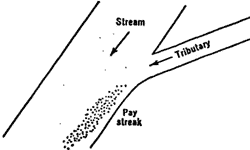
Tributaries & Text-Fed Streams is curated by Vancouver-based artist and writer Kate Armstrong and commissioned by The Capliano Review – a literary journal based in North Vancouver with a long history of publishing new and established Canadian and international writers and artists who are experimenting with or expanding the boundaries of conventional forms and contexts. Now in its 35th year, the magazine continues to favour the risky, the provocative, the innovative, and the dissident. TCR 2-50 “Artifice & Intelligence” was guest-edited by Andrew Klobucar and included essays by: Andrew Klobucar, Global Telelanguage Resources, Sandra Seekins, Kate Armstrong, David Jhave Johnston, Laura U. Marks, Sharla Sava, Kevin Magee, Jim Andrews, Gordon Winiemko, Nancy Patterson and Darren Wershler-Henry.
Tributaries & Text-Fed Streams: http://tributaries.thecapilanoreview.ca
. . . . .
